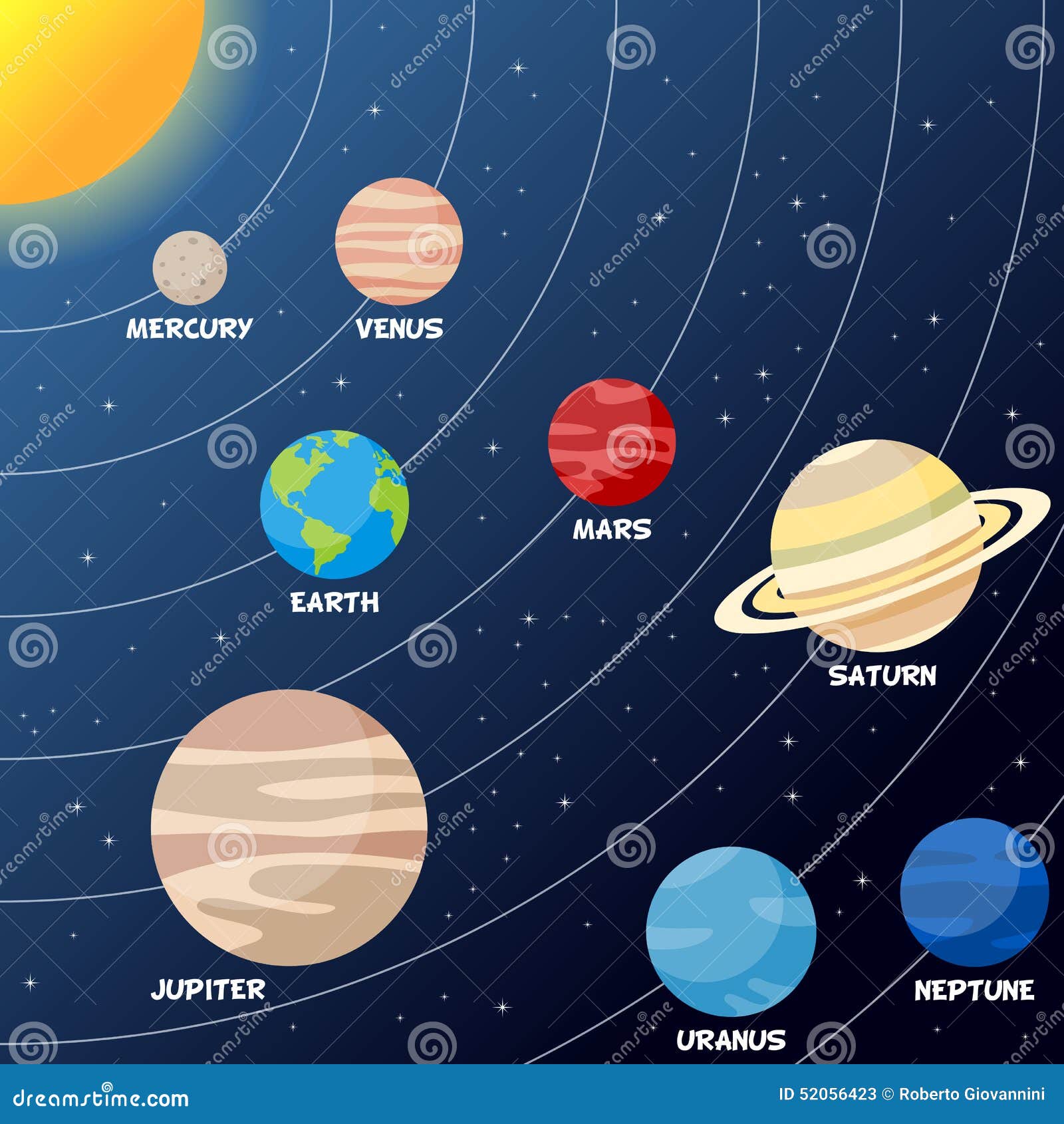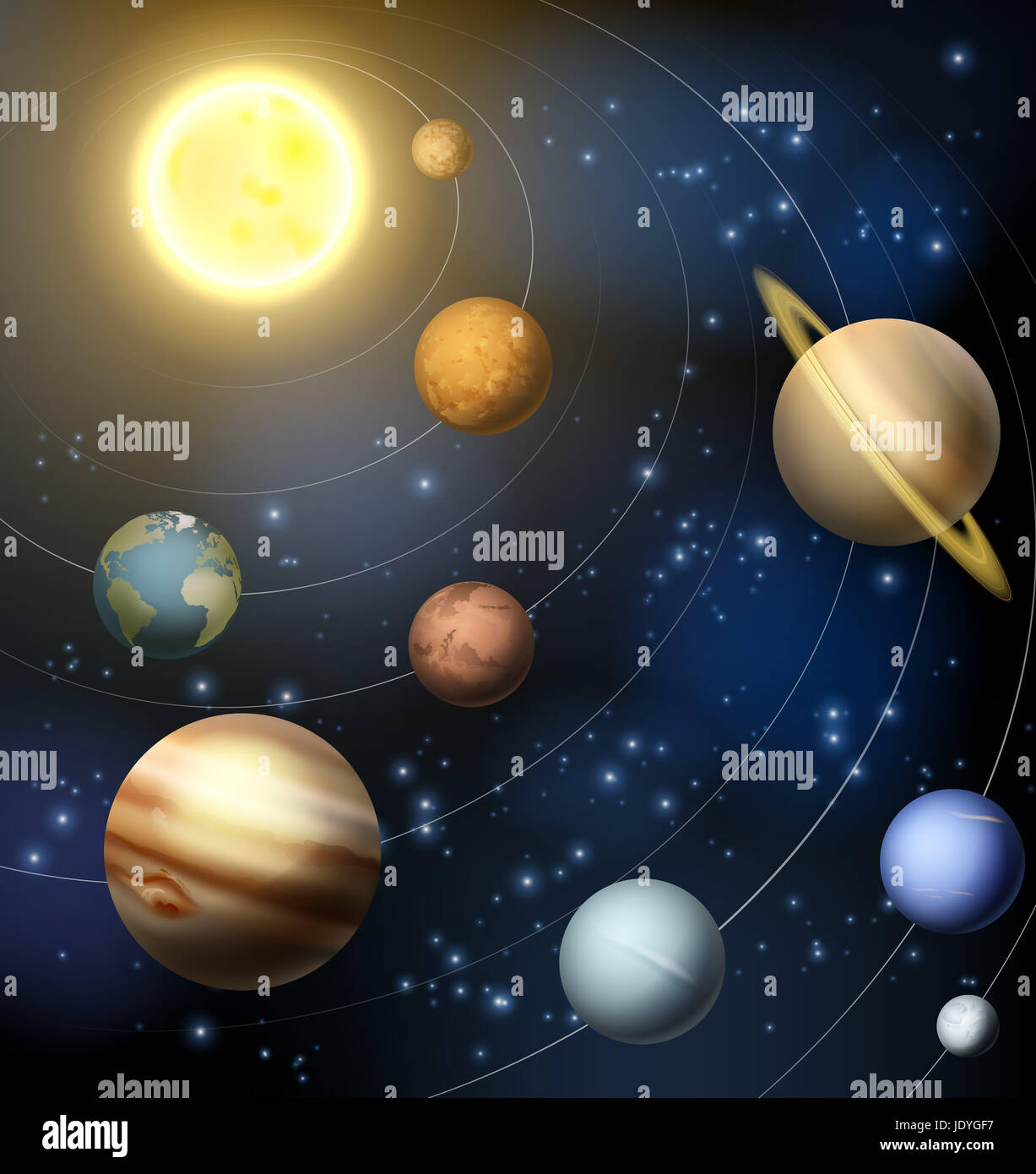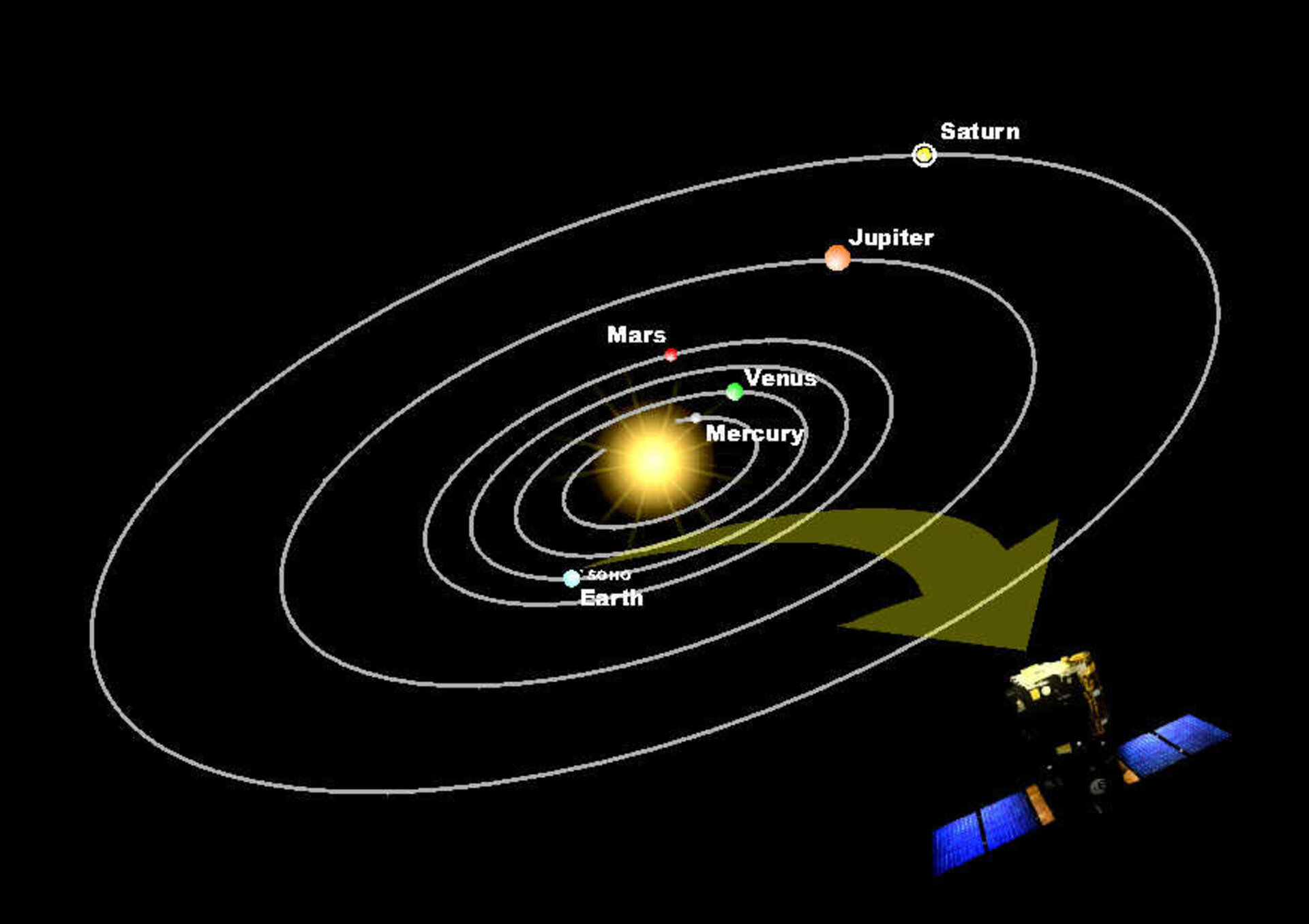This site brings you face to face with the solar system as it is now... and also how it was and how it will be.
NEW : Events Calendar - The Next Big Solar System Event will be:

Forget the Heliocentric model you were taught in school, this is how planets really move in their orbits.Music credit: Darkest Child A by Kevin MacLeod is li. The planet is estimated to be about 10 times the mass of Earth and to orbit the sun between 300 and 1,000 times farther than the orbit of the Earth. Scientists have not actually seen Planet Nine.
The geocentric model states that the Sun and the planets move around the Earth instead of the heliocentric model with the Sun in the center. That's just silly, right? Obviously the Earth orbits the.
Total Lunar Eclipse | Starts: 2021/05/26 08:47:00 |
| The Moon will barely edge into total eclipse for just 14 minutes and 30 seconds. With the Moon just barely inside the Earth's umbral shadow, the Moon may be quite bright, but even so, this should be worth seeing for observers from the western Americas, the Pacific, Australia, and south-east Asia. The partial eclipse will last for 3 hours and 7 minutes in total. Link | Ends: 2021/05/26 13:49:00 |
Have you ever wondered 'Where are the planets right now?'
For people interested in astrology the current positions and movements of the planets are very important and can give you a clue into how you are feeling and how your day is going to pan out. For astronomers, it's equally important to know where the planets are so that they can observe them. For others, getting an understanding of where the Earth is in relation to the Sun and moon and planets is just, well, sort of nice to know. If you've ever sat outside at night and got into an discussion about whether that bright star is actually a planet, and if it is - 'Which planet is it?', then this site might help narrow down the options!
This online orrery (Note: an orrery is a machine that shows planetary positions) will hopefully help you to understand what's going on out there.
Our live Solar System Map - Getting Oriented
If you have our desktop version enabled on your computer, then the application shown above plots the position of the Earth and planets using data from this NASA's JPL website and is accurate between 3000 BCE and 3000 CE. If you have our mobile version enabled then we'll be showing you a simpler view of the solar system showing you the current planetary positions with the option of moving up to 30 days forwards or backwards.
Solar System Map of Current Planetary Positions
Both apps show a solar system map - a 'plan view' of the planets laid out in the plane of the ecliptic (the flat plane in which all the main planets move about the Sun).
Dwarf planet positions are also shown - but it should be realised that these objects often rise far above and below the plane of the ecliptic. This is because their orbital planes are tilted with respect to the ecliptic - by more than 40 degrees in some cases. So be aware that just because the app may occasionally show a planet and a dwarf planet to be very close to each other in the plan view, they may, in fact, be separated by a large perpendicular distance.
Earth's Tilt
As you may know, the Earth's axis is tilted over by 23.4 degrees and the Earth's North Pole currently points at the star known as Polaris - the North Star. The app is arranged so that the view is fixed to the stars and that Polaris is always off the top of the screen (and not shown). This means that the Earth's north pole is (currently) pointing towards the top of the screen, and the south pole towards the bottom. During the summer months of the northern hemisphere the north pole is pointing more towards the Sun and so the Earth is shown below the Sun. During the summer months of the southern hemisphere, the south pole points towards the Sun and so the Earth is shown above the Sun.
Unlike other online orreries in which you can look at the solar system from all angles, this site always shows the same view to try and help you keep your orientation. A north/south control allows the view to be changed from looking 'down' at the northern hemisphere to looking 'down' (or is it 'up'?) at the southern hemisphere. This allows you to tailor the view to the hemisphere you are in so that you can more easily relate the planetary positions as shown in this app with what you are seeing in the night sky. In both views the North Star is kept towards the top of the screen.
Yearly Clock - or 'Where is the Sun?'

Because the display is locked with north tilting upwards, it acts rather like a clock face in which one revolution of the Earth about the Sun is one year, and each of the constellations approximately map to months of the year with January being when the Sun is mostly in Capricorn and December when the Sun is mostly in Sagittarius, etc.

The Zodiac, Equinoxes and Solstices and the seasons
Solstices and Equinoxes | |
| December Solstice | March Equinox |
| June Solstice | September Equinox |
The Zodiac display is centred on the Earth and oriented with the tilt of the earth. This display shows in which sign of the zodiac the Sun lies at any time. The sign of the Sun at a persons birth is called that person's Star Sign.
The Zodiac is locked to the tilt of the earth in this way: Because the earth is tilted the Sun lies in the northern hemisphere for six months and then in the southern hemisphere for six months. When the Sun crosses from the northern to the southern hemisphere this is called the Vernal Equinox and this event defines the direction between Aries and Pisces and hence the orientation of the whole Zodiac for the following year.
Currently, the winter and summer solstices occur as the Sun crosses the vertical zodiac line and the spring and autumn equinoxes when the Sun crosses the horizontal zodiac line. So, to use our anti-clockwise clock analogy (e.g. with the app in northern hemisphere mode) the winter (December) solstice is when the Earth is exactly at 12 o'clock from the Sun, the spring (March or Vernal) equinox is when the Earth is at 9 o'clock from the Sun, Summer (June) Solstice - it's at 6 o'clock and autumn (September or Autumnal) Equinox - it's at 3 o'clock from the Sun.
The longest and shortest days occur at the Solstices. At the Equinoxes, the day is almost exactly the same (12 hours long) all over the world.
| UTC date and time of solstices and equinoxes | ||||||||
|---|---|---|---|---|---|---|---|---|
| year | Equinox Mar | Solstice June | Equinox Sept | Solstice Dec | ||||
| day | time | day | time | day | time | day | time | |
| 2015 | 20 | 22:45 | 21 | 16:38 | 23 | 08:20 | 22 | 04:48 |
| 2016 | 20 | 04:31 | 20 | 22:35 | 22 | 14:21 | 21 | 10:45 |
| 2017 | 20 | 10:29 | 21 | 04:25 | 22 | 20:02 | 21 | 16:29 |
| 2018 | 20 | 16:15 | 21 | 10:07 | 23 | 01:54 | 21 | 22:22 |
| 2019 | 20 | 21:58 | 21 | 15:54 | 23 | 07:50 | 22 | 04:19 |
| 2020 | 20 | 03:50 | 20 | 21:43 | 22 | 13:31 | 21 | 10:03 |
| 2021 | 20 | 09:37 | 21 | 03:32 | 22 | 19:21 | 21 | 15:59 |
| 2022 | 20 | 15:33 | 21 | 09:14 | 23 | 01:04 | 21 | 21:48 |
| 2023 | 20 | 21:25 | 21 | 14:58 | 23 | 06:50 | 22 | 03:28 |
| 2024 | 20 | 03:07 | 20 | 20:51 | 22 | 12:44 | 21 | 09:20 |
| 2025 | 20 | 09:02 | 21 | 02:42 | 22 | 18:20 | 21 | 15:03 |
| 2026 | 20 | 14:46 | 21 | 08:25 | 23 | 00:06 | 21 | 20:50 |
| 2027 | 20 | 20:25 | 21 | 14:11 | 23 | 06:02 | 22 | 02:43 |
| 2028 | 20 | 02:17 | 20 | 20:02 | 22 | 11:45 | 21 | 08:20 |
| 2029 | 20 | 08:01 | 21 | 01:48 | 22 | 17:37 | 21 | 14:14 |
| 2030 | 20 | 13:51 | 21 | 07:31 | 22 | 23:27 | 21 | 20:09 |
Solstice and Equinox Data Courtesy of Fred Espenak, www.Astropixels.com
The Zodiac - and 'Hey... That planet is in the wrong place!'
The zodiac in the desktop version always shows which sign of the zodiac the Sun is in. However it may not be correctly showing which sign each planet is in. 'How can that be?' you may ask. The reason is that the app has a slider control which changes the orbits of the planets from a diagrammatical view (i.e. all the planets in nice neat, equally separated, circular orbits) to a real view (i.e. all the planets in elliptical orbits with all the inner planets squashed in next to the Sun and the outer planets being widely spaced). Only when the orbit realism slider is in the real position (against the tick icon) are all the planets definitely shown in the correct sign of the zodiac. For info on the desktop version controls, click here.
This page by default shows the diagrammatic view. The Astrology page by default shows a geocentric view in which all the planets are shown where they are relative to the Earth - but without distances. This makes it easier to see where they are in the sky, and also means they are always shown in the correct sign of the zodiac.
The Zodiac - and 'Hey... That planet is not in the star constellation shown!'
Sometimes people look into the night sky and expect that a planet shown to be in the zodiac sign of say 'Cancer' will be sitting over the star constellation Cancer. This is not always true since zodiac signs and constellations do not match up one to one. The reason for this is that for one, the constellations vary in size whereas zodiacs are all the same and for two, the constellations have moved (or rather the direction the Earth's north pole points has changed) since astrology began.
Indeed the direction the north pole points changes by 1 degree every 72 years (it's called precession), and completes a whole circle about every 26,000 years. This means that although the stars (mainly) stay in the same place, the solstices and equinoxes (which are defined by the movement of the Sun with respect to the Earth's axis) change by 1 degree every 72 years with respect to the stars. And because the position of the zodiac is defined by the equinoxes, it also rotates by 1 degree every 72 years with respect to the stars.
Our desktop app shows this precession in the zodiac. As time is wound forwards the Zodiac rotates in a clockwise direction (northern hemisphere view). The positions of the all planets (including the Earth) are shown with respect to the stars and so are unaffected by precession.
For more detailed explanations on other sites click here and if you'd like to see a video on all the complexities of the Earth’s motion and hence the positions of the stars, take a look here.
Which Planets are in Retrograde?
When the zodiac display is enabled, glowing indicators appear on those planets that are in retrograde - which means the planet is appearing to be moving backwards from its normal motion when viewed from Earth. The image to the left shows Jupiter, Uranus and Neptune in retrograde because Earth is speeding past on the inside orbit.
In Astrology, it is very important to know when the planets are in retrograde, and also when they stop and start to move forwards again (called the Stationary Direct) because it is believed that this motion can reverse and enhance the effect of the planet. For Astronomy, retrograde motions have no importance since they are simply the result of the motions of the planets relative to Earth.
Future Developments
This software is still under development with additional features being added when we can. Please feel free to let us know if there are any features you would like added or questions about the solar system you would like answered, or give us any comments on the application.
email: info@theplanetstoday.com or facebook:
Other Free Online Orreries and Solar System Simulations
For some reason 2 of the 3 online orreries I used to list here are no longer running which is a real shame.
Anyhow, until I find some more good online orreries out there here is a good one:
3D Fun
With lots of 3D features this application allows you to explore the solar system with many basic facts thrown in. It also allows you to see all the stars and constellations.
Altas Interactive
Another nice online orrery, similar to ours.
Solar System Maps
Planets Orbiting The Sun Animation
To see a some interesting solar system maps including 'Space without the Space' and 'If the moon were only 1 pixel', visit our Solar System Maps page.
